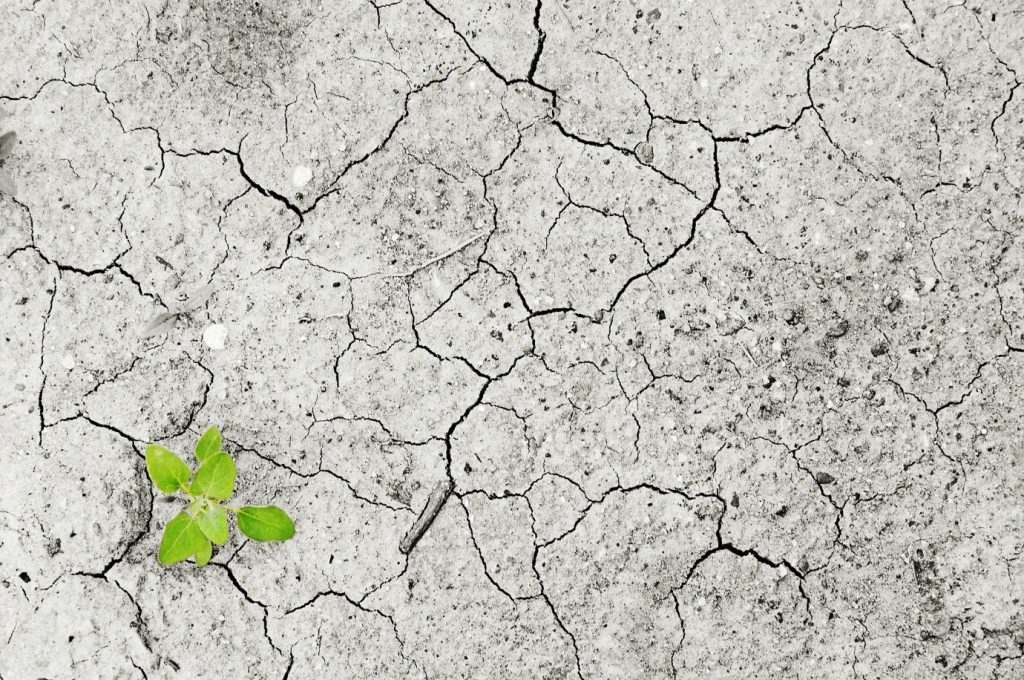Natalie Partridge is a second year Sociology PhD student at Newcastle University. Here, Natalie introduces a forthcoming mini-series of posts by Dr Lisa Garforth and shares some insights from the event Hope and Resistance in the Anthropocene, hosted by Audrey Verma and JC Niala.
Greenhouse gas emissions, plastic pollution, deforestation… These familiar yet hopeless images beam into our living rooms and mobile devices on an increasingly regular basis. Anyone who has watched a David Attenborough documentary recently will have come away with the uncomfortable sense that human beings are affecting the planet in multiple, unpredictable ways.

For many, though, the word “Anthropocene” might not mean very much. In a quick canvas of some friends about whether they’d heard the term, responses ranged from “no, I don’t think so,” to sarcastic, frowning-face gifs.
This is a rich and complex concept which I am conscious not to oversimplify. The Anthropocene is a proposed geological age, the ‘human’ age, if you like, borne of the suggestion that humans’ (relatively short) time on earth has been impactful enough to warrant definition as a distinct epoch. The shape of the Anthropocene remains contested. Some argue that it began in the 1950s. For others, it doesn’t exist at all. Many debates about Anthropocene life also problematise human existence as conflictual with the world we live in. Within this, ‘nature’ might be conceptualised as separate from the human world. This can feel jarring and destructive, evoking dystopian images of the future.
It’s good, then, to find ways to talk about hope.
Feelings of hope and resistance
The symposium Hope and Resistance in the Anthropocene, organised by Audrey Verma and JC Niala, was held online on the 19th February 2021. The day was divided into sixteen short talks pinpointing reasons for hope and examples of resistance in the face of ‘climate disaster’. Speakers and attendees tackled topics such as ecological grief and loss, inequalities, the reponsibilisation of individuals and local communities, the role of structural issues and the impact on policy interventions, political and economic ideologies and systems like neo-liberalism and capitalism, colonial pasts, social connections to land and vulnerability. All practitioner contributions were also fantastic, including creative arts-based research, poetry, and botanical illustration to the event.
Each talk was vivid and question-generating: What do we mean when we talk about social justice? How do we understand human relationships to the non-human world, including ecological grief and ecological loss? In which ways might we collectively process and reflect on climate change and other overlapping challenges? How do we conceptualise a shared future for humans and non-humans? How do we recognise each other’s needs as our own?
The Hope and Resistance presenters also consistently challenged narratives which oppose humans and non-humans. Discussions explored the reconceptualisation of the human-non-human relationship as something reciprocal. In fact, for Matthew H. John, “the Anthropocene is nothing if not a crisis of relationship” between humans and the planet. John argued that natural beauty has relational capacities, and the ability to create space for relationships to form between the self, others and the beautiful.

Through her work on crane conservation in and around the Korean Demilitarized Zone, Myung Ae Choi explored the ways in which the lives of cranes, farmers, ornithologists, conservationists and computer engineers are entangled in and amongst the rice field ecosystem. Myung Ae Choi addressed the perception that nature is something to be “squeezed out for our own benefit”, or something to be cared for or saved. Instead, her work explored surprising visions of a shared future, prompting co-host JC Niala to suggest that perhaps shared vulnerability can be a source of shared hope.
Imagining better futures
Our Postgraduate Research Director, Dr Lisa Garforth, also gave a conceptual talk tying together threads from sociology, fiction, green utopianism and radical eco-philosophy to explore the idea of ‘utopia’. I caught up with Lisa afterwards to find out a little bit more about how imagined futures might offer a way for sociologists (and others!) to reflect on their place in the Anthropocene. Our conversation covered more ground than we could hope to condense into a single post. So, in the two posts that follow, Lisa shares her impressions of the Hope and Resistance symposium, and insights from her work on speculative fiction and utopianism. Lisa’s focus is one important aspect: imagining better futures.
